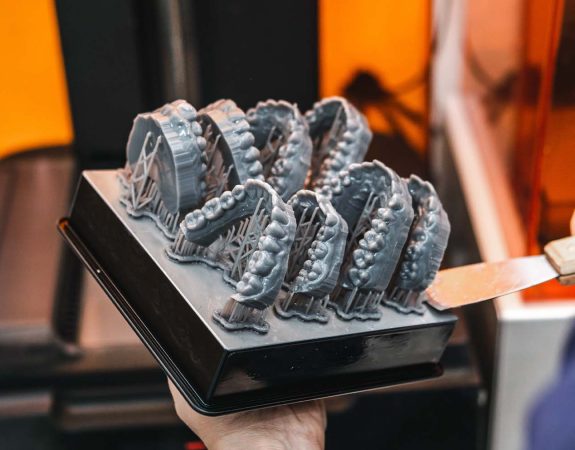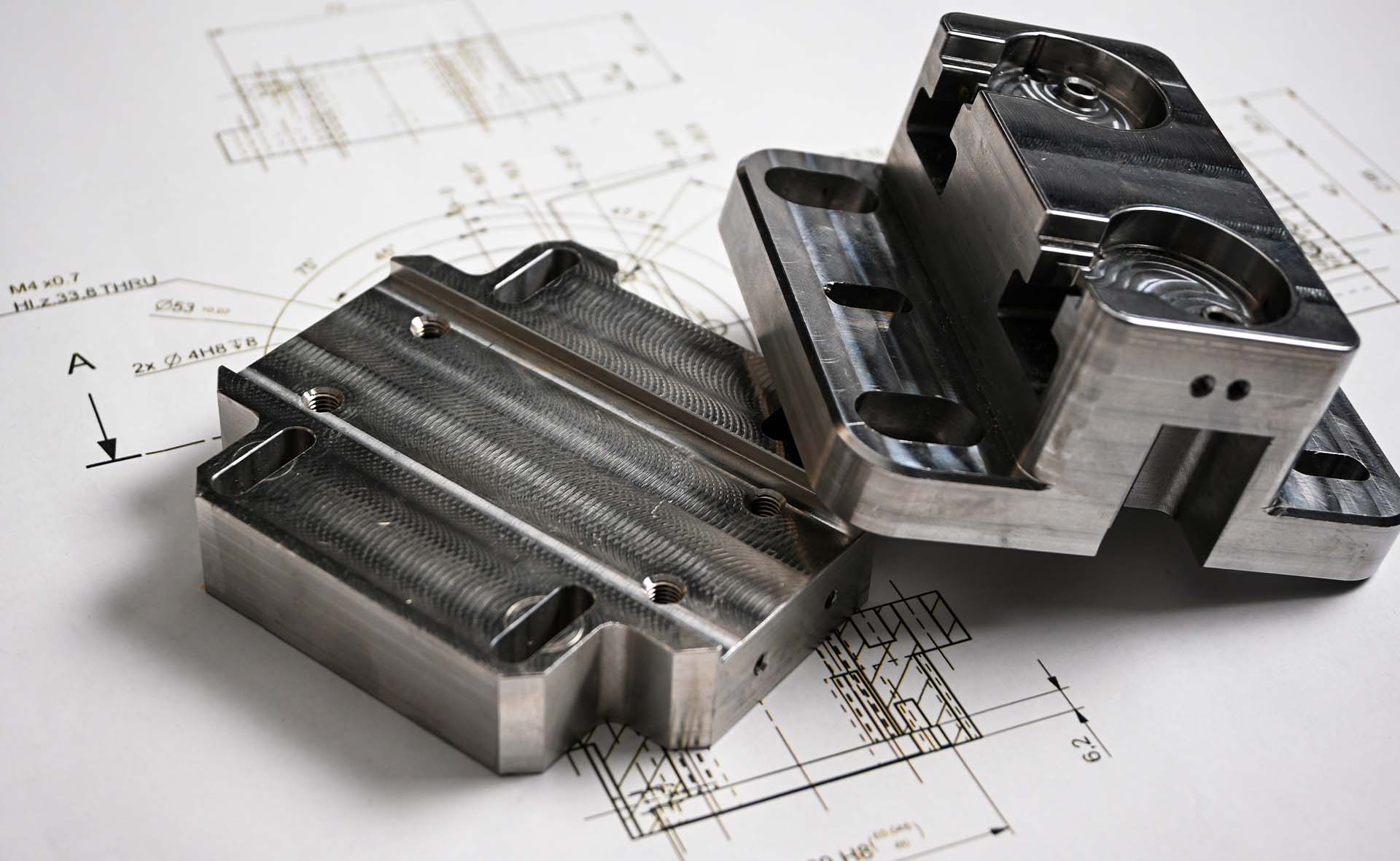Learn about the most popular plastic and metal 3D printing materials available, their various use cases and applications, and how to select a right material for your needs. In this article, we will cover:
PA12 (Nylon 12) is one of the most versatile and stable thermoplastics available. It is known for its toughness, tensile strength, and impact resistance. Nylon 12 is the go-to material for engineering applications such as jigs, fixtures, and functional parts, and it is compatible with virtually all Selective Laser Sintering (SLS) 3D printers.
PLA and ABS are among the least expensive 3D printing materials. For concept models and early-stage prototypes, where material properties are less critical, many engineers and designers opt for low-cost Stereolithography (SLA) or Fused Deposition Modeling (FDM) using PLA or ABS

Calculate the Cost Within Seconds
FDM printing with TPU filament is often the go-to option for flexible printing projects, offering various shore hardness levels, typically ranging from 50A to 90A. While SLS can also produce TPU parts, FDM is generally more cost-effective, making it an excellent choice for prototyping flexible parts on a budget.
PEEK is a high-performing 3D printing materials with extreme heat resistance. However, it is significantly more expensive than standard 3D printing materials. For many heat-resistant applications, high-temp specialty resins like GH100, which can withstand temperatures up to 150°C, are sufficient. The versatile PA12 is also a good option. It typically has a heat deflection temperature of 180-185°C, while offering good mechanical strength, chemical resistance, and impact resistance.
Although it is possible to FDM print transparent PLA, when it comes to 3D printing acrylic-like parts, industrial SLA printing clear resin produces the best results that can be polished to near optical transparency.
PETG and PP are commonly recognized as food-safe materials. However, most 3D printing technologies rely on filaments and resins, which are not inherently food-safe. To ensure safety when selecting a food-safe 3D printing material, it is essential that these materials undergo rigorous testing and receive appropriate certifications, considering their specific application and conditions of use. (At HLH, we currently do not offer food-grade resin through our 3D printing services, but we do provide alternatives for other processes, such as CNC machining and injection moulding).
It is possible to 3D print items from metal using industrial printers like Selective Laser Melting (SLM) or Direct Metal Laser Sintering (DMLS). SS316L and AlSl10Mg are two popular choice for metal printing in many industrial applications due to their excellent corrosion resistance and superior tensile strength at high temperatures. They are also more accessible and affordable than metals like nickel superalloys or cobalt chrome.

Calculate the Cost Within Seconds
